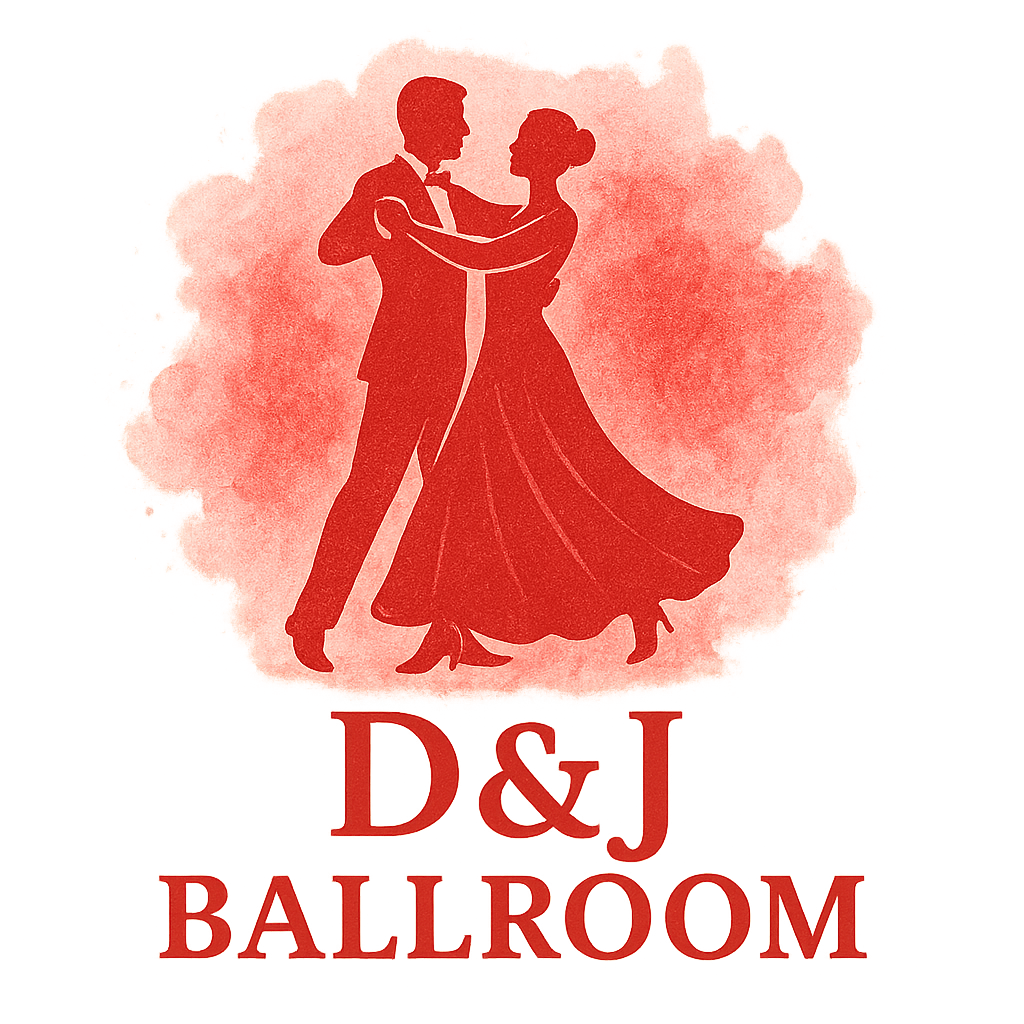Ever wondered how top ballroom dancers seem to glide effortlessly across the floor? Sure, they train hard—but what you don’t see is the mental work that fuels their physical grace. In this post, we’ll dive into five visualization techniques for ballroom mastery that can supercharge your practice and make you feel like you’re always one step ahead.
Let’s waltz into the world of mental mastery.
Why Visualization Matters in Ballroom Dance
Visualization isn’t just for athletes or public speakers—it’s a secret weapon for dancers, too.
The Science Behind Visualization
Studies show that when you imagine performing a movement, your brain lights up in the same way it does when you’re actually doing it. It’s called motor imagery, and it’s a real game-changer in ballroom technique training.
Check out more about real-world ballroom application here:
👉 Ballroom Techniques & Training
Mental Rehearsal vs Physical Practice
Sure, you can’t replace actual practice—but visualization enhances it. Think of it as sharpening your blade before stepping onto the battlefield (or the ballroom floor).
Technique #1: Mirror-Neuron Mental Mapping
Let’s geek out for a second—your brain has mirror neurons that fire when you watch someone dance. Visualizing yourself dancing does something similar.
Activating the Dancer’s Brain
To tap into this, watch a performance or even yourself on video. Then, close your eyes and replay the motion in your mind. The brain starts to “mirror” what it sees.
A deeper dive into the beauty of ballroom styles? Here you go:
🕺 Explore Ballroom Dance Styles
Visualization Exercises Using Mirror Neurons
Try this: Watch a clip of a tango performance, then close your eyes and imagine every muscle you’d move.
Ready to tango in your mind? Visit the Tango Tag.
Technique #2: Kinesthetic Visualization
This is where things get physical—in your head.
Feeling the Movement in Your Mind
Instead of just seeing the steps, feel the resistance, balance, and tension in your muscles. Imagine the texture of the floor, the grip of your partner’s hand.
Training Without the Dance Floor
Even if you’re stuck in traffic or on a plane, kinesthetic visualization helps you “train” without moving a muscle.
Complement this with fashion tips to complete the imagery:
🎽 Ballroom Attire & Fashion
👗 Fashion Tag
Technique #3: Environmental Immersion Visualization
Picture this: glittering chandeliers, polished floors, a live band—it’s not just about steps, it’s about setting.
Visualize the Ballroom Setting
Your environment affects your nerves. By mentally placing yourself in a ballroom, you teach your brain to stay calm.
🎭 Explore Ballroom History & Culture
🧠 Culture Tag
Incorporate Lighting, Music, and Space
Don’t skip the little things. Visualize the music, the crowd, even the judge’s gaze—it all builds mental resilience.

Technique #4: Partner Synchronization Visualization
Dancing is teamwork, and that starts with shared mental focus.
Mentally Rehearsing With a Partner
Before actual partner practice, close your eyes and visualize leading or following. Imagine their responses, rhythm, weight shifts.
Aligning Rhythm and Timing in the Mind
Rhythm and timing are easier when your brain has already “seen” it happen smoothly.
Train together using these helpful pages:
🪩 Training Tag
💃 Drills Tag
Technique #5: Competitive Scenario Visualization
You can’t control the competition—but you can prepare your mind for it.
Practicing for Ballroom Events & Competitions
Mentally walk through arriving at the venue, warming up, stepping on stage, and nailing your routine.
Step into that mindset with these:
🏆 Ballroom Events & Competitions
🏅 Competitions Tag
🎫 Events Tag
Handling Nerves Before the Big Day
If you’ve been there in your mind a dozen times, it won’t feel so scary when it’s real.
How to Build a Daily Visualization Habit
Like dance, consistency is everything.
When and Where to Practice Visualization
Best times? Just before bed, or right after physical training. Create a quiet, undisturbed space—even 5 minutes daily can transform your confidence.
Pairing with Physical Drills
Use visualization as a warm-up before drills or as a cool-down. Your brain gets stronger every time you imagine success.
Bonus: Tag these drills to keep your brain dancing:
🧠 Drills Tag
Bonus Tips for Visualization Success
Don’t just dream it—refine it.
Journaling Your Imagined Routines
Keep a dance journal. After each session, jot down what you saw, felt, and struggled with.
Combining Visualization with Ballroom Training
The best ballroom dancers use both. Visualize, rehearse, perform—repeat.
Need the full ecosystem of training resources? Start here:
🌐 D&J Ballroom Homepage
Conclusion
Ballroom mastery isn’t just about the feet—it’s about the mind. These five visualization techniques can help you rehearse smarter, move with intention, and step onto the floor with unstoppable confidence.
So the next time you’re prepping for a waltz or tango, don’t just practice—visualize success.
FAQs
1. What is visualization in ballroom dance?
Visualization in ballroom is mentally rehearsing dance movements, settings, and scenarios to improve muscle memory and reduce anxiety.
2. Can visualization actually replace physical practice?
Not replace—but it can significantly enhance your physical practice when used together.
3. How often should I practice visualization?
Daily is best, even for just 5-10 minutes. Consistency beats duration.
4. Can visualization help with dance competitions?
Absolutely. It mentally prepares you for the stress and excitement of the big day.
5. What should I visualize before a dance competition?
Imagine every step: arriving, warming up, walking onto the floor, and dancing flawlessly.
6. How can I visualize effectively with a partner?
Mentally sync with their rhythm, predict their movements, and practice reacting to imaginary cues.
7. Is it normal if my visualizations feel fuzzy or vague?
Yes—just like dance, it improves with repetition. Keep practicing, and clarity will come.


